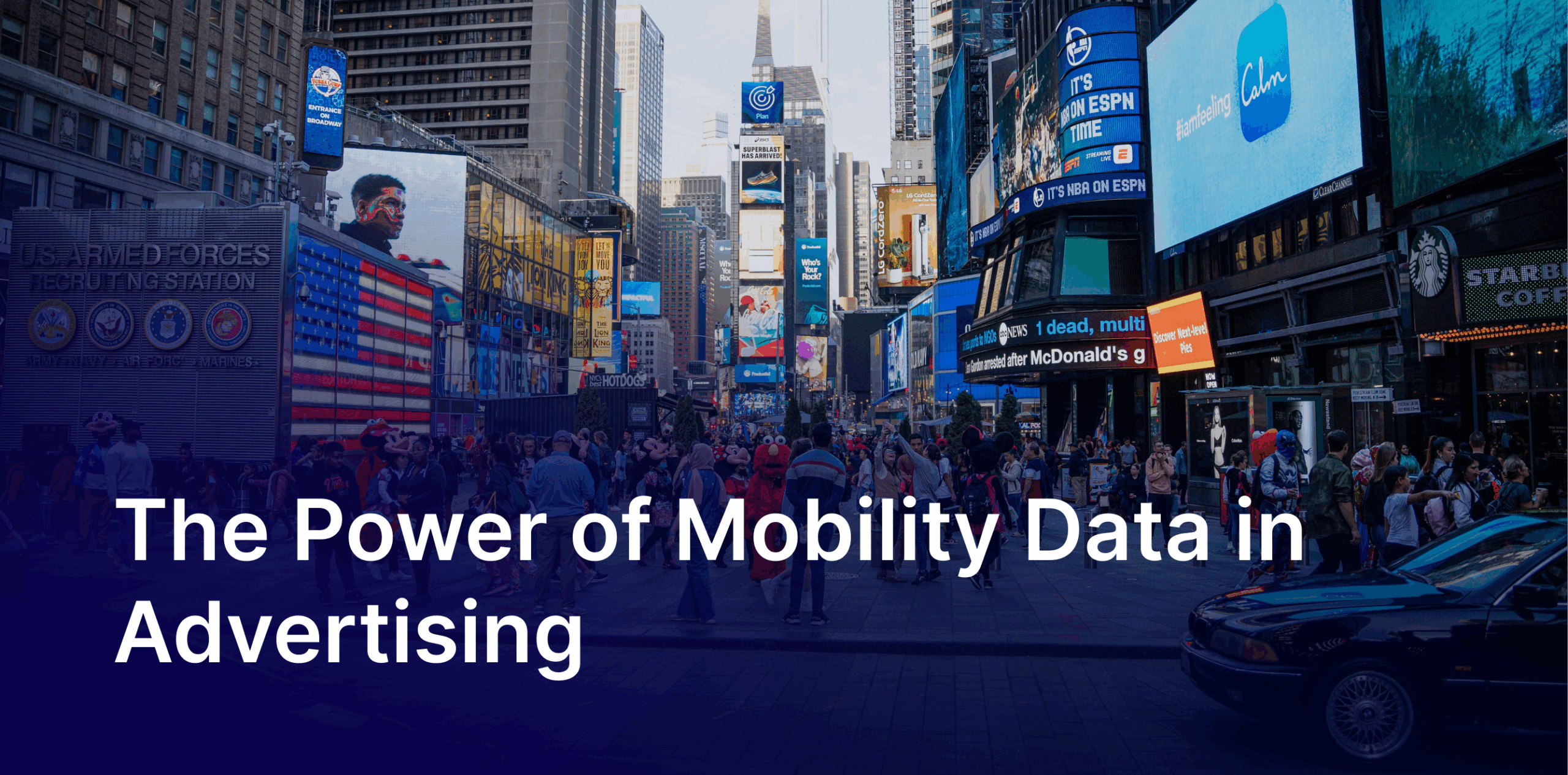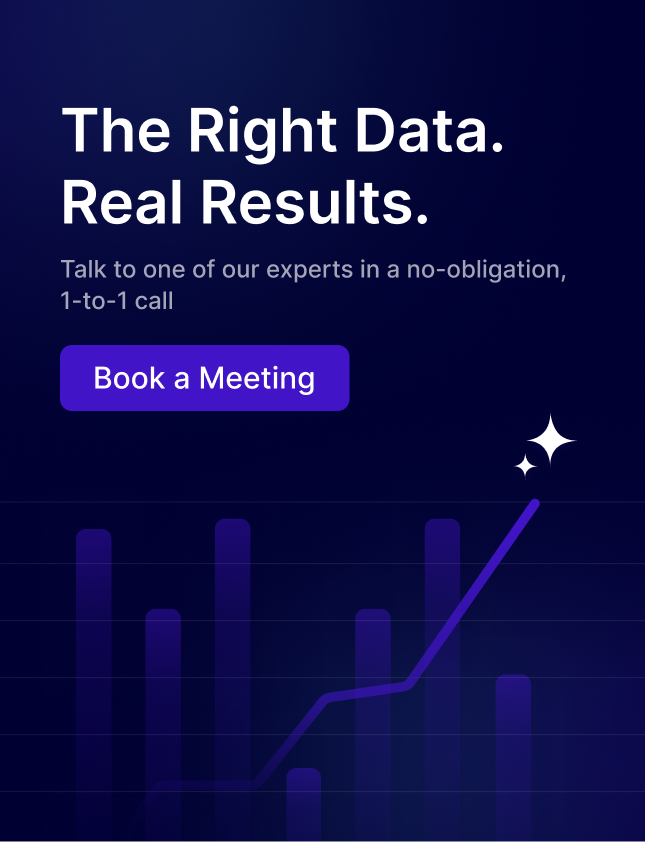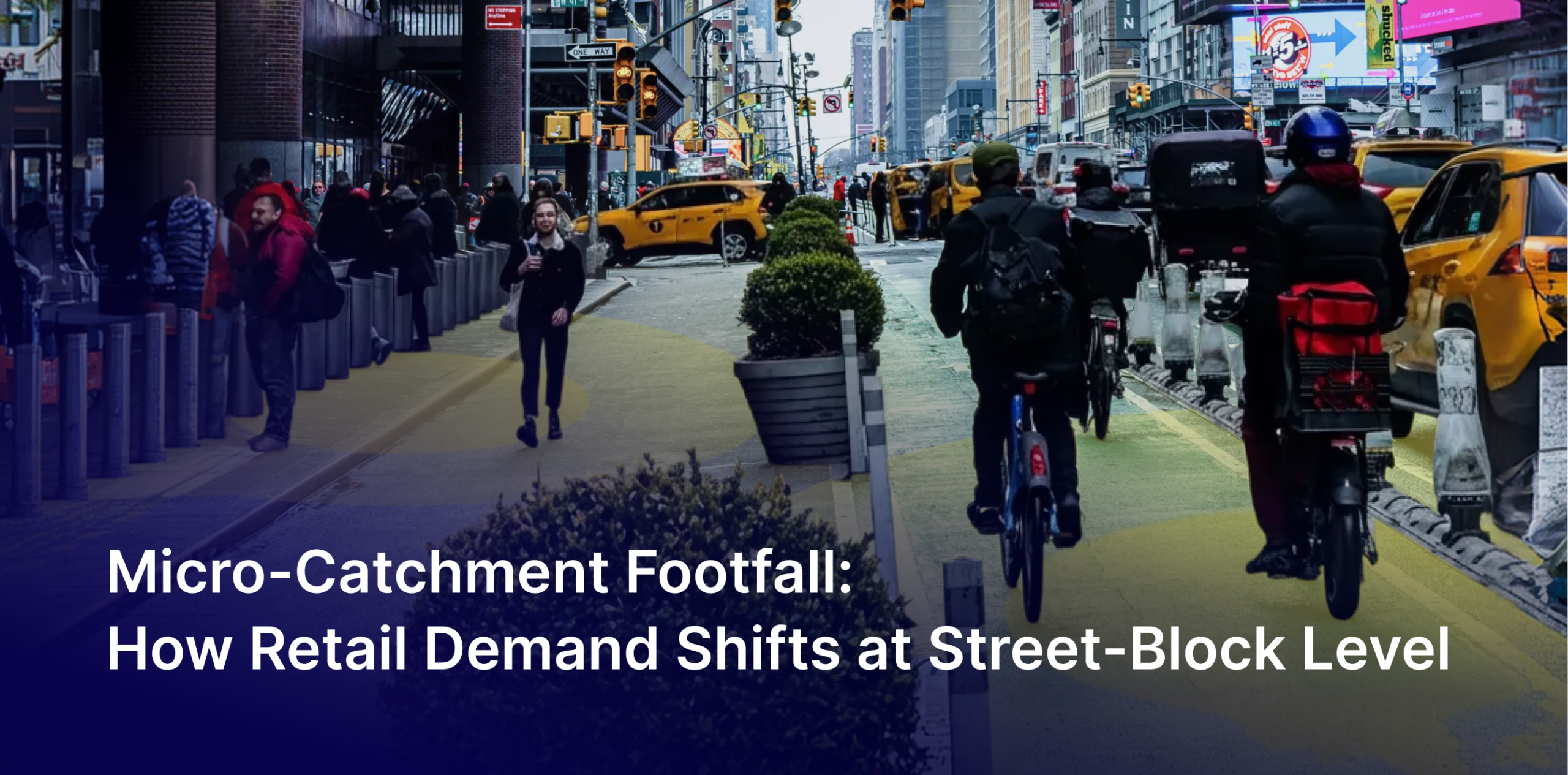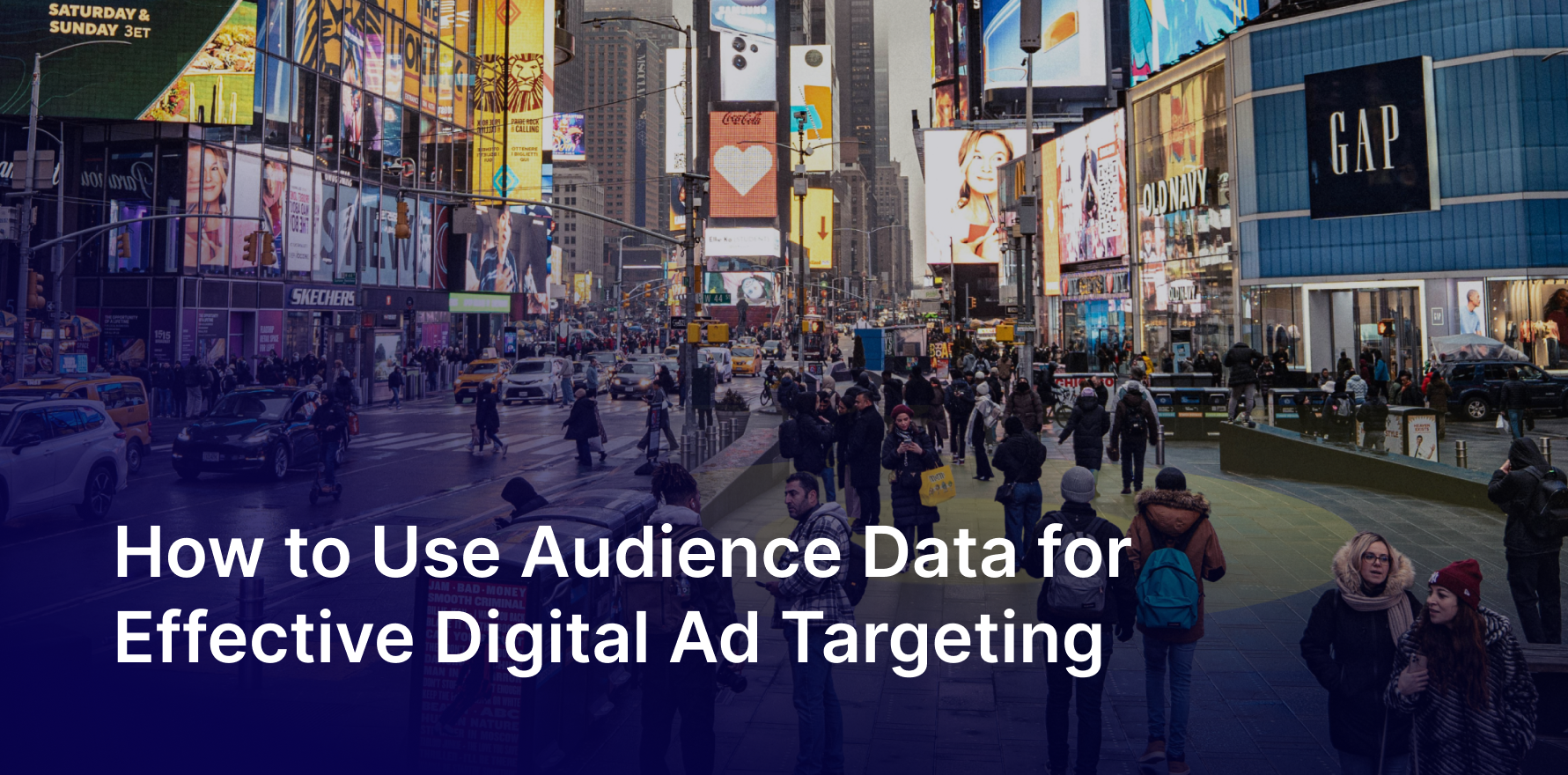The advertising landscape is evolving rapidly, with brands increasingly relying on data-driven strategies to reach and engage their target audiences.
Mobility data, which tracks the movement of consumers across various locations, offers advertisers a powerful tool to understand audience behavior, create targeted campaigns, and measure campaign effectiveness.
According to an eMarketer report, location-based marketing spending in the U.S. is expected to reach $38.7 billion by 2024. In this blog, we explore how mobility data is transforming advertising and helping brands connect with consumers more meaningfully. Here, at Factori, we provide Factori mobility data as a dataset.
1. Hyper-Targeted Advertising Campaigns:
Mobility data enables advertisers to create hyper-targeted campaigns by providing insights into where and when consumers are most likely to engage with ads.
For example, mobility data can reveal high-traffic areas, popular times of day, and consumer preferences, allowing advertisers to deliver personalized messages to the right audience at the right time.
A study by BIA/Kelsey found that location-targeted mobile ad spending is growing at a rate of 14% annually, highlighting the effectiveness of this approach in driving consumer engagement.
2. Enhancing Consumer Engagement:
Understanding consumer behavior is key to creating engaging advertising content. Mobility data allows advertisers to track consumer journeys, identify key touchpoints, and tailor messages that resonate with specific audiences.
According to a report by Nielsen, location-based ads are 20 times more effective than traditional ads in driving consumer engagement. By leveraging mobility data, advertisers can create content that speaks directly to consumers’ needs and preferences, leading to higher engagement rates and stronger brand loyalty.
3. Combining Mobility Data with Demographics and Context
Mobility insights become even more powerful when enriched with demographic and behavioral overlays. By combining anonymized age, income, lifestyle, or interest data with real-world movement patterns, advertisers can better understand who their audiences are and why they move the way they do.
For instance, mobility data may reveal a surge in mall visits over the weekend but demographic overlays could show that this surge comes from young professionals or families.
This layered insight helps marketers craft personalized campaigns that speak to the right people in the right places, increasing relevance and conversion rates.
4. Optimizing Out-of-Home (OOH) Advertising:
Out-of-home (OOH) advertising remains a powerful channel for reaching consumers on the go. Mobility data enhances OOH campaigns by providing insights into foot traffic patterns, peak times, and audience demographics.
According to the Outdoor Advertising Association of America (OAAA), OOH advertising delivers an average ROI of $5.97 for every dollar spent. Using mobility data, advertisers can optimize OOH placements, ensuring that ads are seen by the right audience at the right time and maximizing campaign impact and ROI.
5. Real-World Case Example: Optimizing OOH Placements
A national beverage brand used mobility data to analyze high-traffic commuter routes and discovered that evening travel patterns offered 30% higher visibility than morning commutes. By shifting its billboard placements and timing, the brand achieved a 25% increase in store visits within four weeks.
This example demonstrates how mobility intelligence can convert raw movement data into tangible marketing ROI, improving exposure and conversion outcomes.
6. Measuring Campaign Effectiveness:
One of the biggest challenges in advertising is measuring campaign effectiveness. Mobility data offers a real-time solution by tracking how consumers respond to ads.
For example, advertisers can analyze foot traffic data to determine whether a campaign drives more store visitors or event visitors.
A report by Factual found that location-based marketing can increase in-store visits by up to 50%. By leveraging mobility data, advertisers can gain valuable insights into campaign performance and make data-driven decisions to improve future efforts.
7. Advertising Attribution and Real-World ROI
Mobility data also enables real-world attribution – measuring whether exposure to an ad leads to an actual visit or purchase. By correlating ad impressions with post-campaign mobility patterns, advertisers can calculate metrics such as visit lift or store visitation rate.
For instance, if consumers exposed to a campaign are 40% more likely to visit the advertised location within a week, marketers can quantify that uplift in ROI terms. This closes the loop between digital impressions and offline actions, providing the missing link between exposure and engagement.
8. Driving Innovation in Digital Advertising:
The digital advertising landscape constantly evolves, with new technologies and platforms emerging regularly. Mobility data drives innovation in digital advertising by enabling brands to experiment with new formats, channels, and strategies.
According to a report by Statista, global digital ad spending is projected to reach $645 billion by 2024. Mobility data helps advertisers stay ahead of the curve by providing the insights needed to navigate this complex landscape, drive innovation, and deliver more impactful campaigns.
Note: We at Factori provide Free Mobility data as a sample.
9. Predictive and Journey-Based Targeting
Mobility data doesn’t just explain where consumers have been – it can predict where they’re likely to go next. Using historical movement patterns, advertisers can anticipate consumer journeys and deliver messages just before a key moment of engagement.
For example, a coffee brand might target commuters who regularly pass by its stores every morning, offering time-sensitive promotions during peak hours. Similarly, a retail chain could detect when potential customers visit competitor outlets nearby and deliver tailored offers to redirect them. Predictive targeting turns static campaigns into proactive, journey-based interactions.
Data Privacy, Transparency, and Responsible Use
As mobility-driven advertising becomes more common, maintaining data privacy and ethical standards is critical. Factori ensures that all mobility data is aggregated, anonymized, and GDPR/CCPA compliant, meaning individual users are never identified or tracked.
Advertisers must focus on behavioral trends rather than personal data – using mobility analytics to understand collective movement patterns, not individuals. This privacy-first approach ensures compliance while preserving public trust and brand credibility.
Emerging Trends in Mobility Data and Advertising
The next wave of innovation is reshaping how brands leverage mobility intelligence:
1. Real-Time Campaign Optimization
Ads are being adjusted dynamically based on live traffic, weather, and event triggers.
2. Cross-Channel Data Fusion
Combining mobility, transaction, and digital engagement data to create unified consumer profiles.
3. Privacy-Preserving Analytics
Using advanced methods like federated learning and differential privacy to analyze behavior securely.
4. Spatial AI and Predictive Analytics
Applying AI models to forecast audience flows and optimize ad delivery automatically.
5. Sustainability and ESG Insights:
Measuring eco-conscious consumer behavior through aggregated mobility signals to align with responsible advertising goals.
Wrapping up:
Mobility data is revolutionizing the advertising industry by providing advertisers with the tools to create hyper-targeted campaigns, enhance consumer engagement, optimize OOH placements, and measure campaign effectiveness.
As the advertising landscape evolves, brands that leverage mobility data will be better equipped to connect with consumers, drive innovation, and achieve their marketing goals.
You may also like










